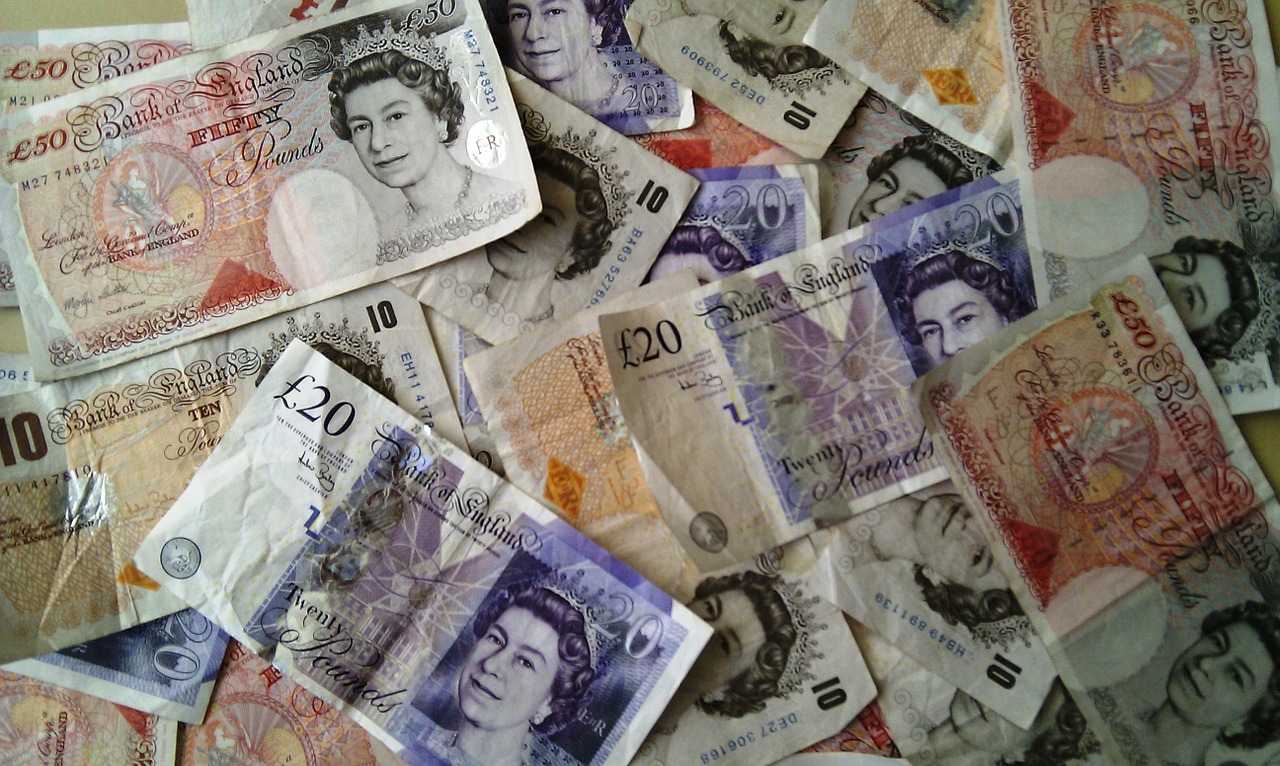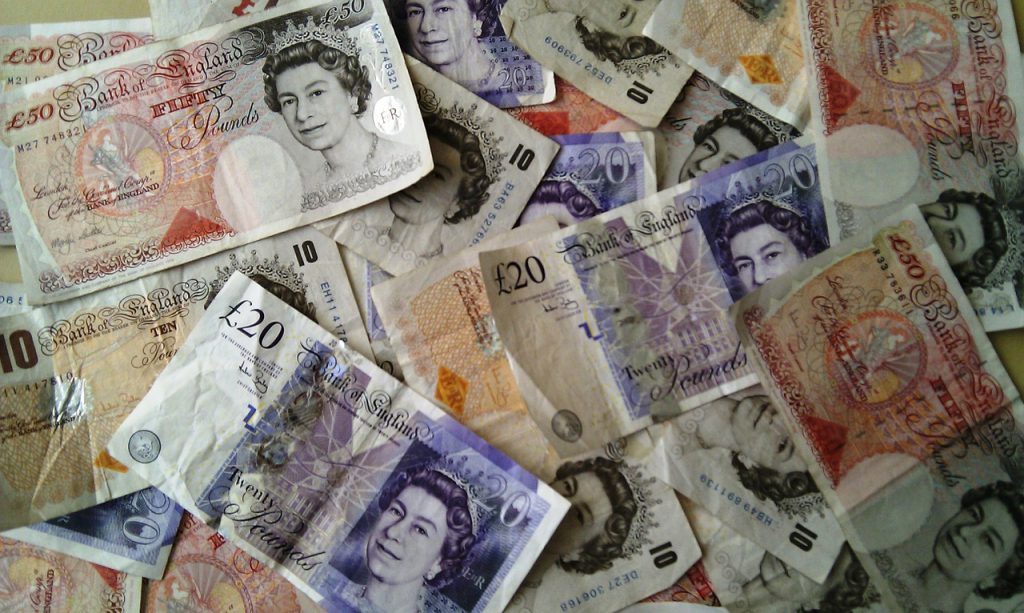ASSET MARKETS AND THE LOOMING ‘SNAP-POINT’
Throughout the period since the global financial crisis (GFC) of 2008-09, capital markets have marched upwards, even as the economy itself has, at best, stagnated. After a sharp correction at the start of the coronavirus crisis, the prices of stocks and property, in particular, have kept hitting new highs, even as the much-vaunted “recovery” has petered out.
The casual observer might wonder, first, about why this great divergence between the economy and the markets has happened at all, and, second about, whether, or when, it will come to an end.
The aim here is to explain the former, and anticipate the latter.
Questions around the divergence between the economy and the markets have been accompanied by the suspicion that decision-makers may have wanted this to happen (in order further to enrich the wealthiest), and that they have ordered events accordingly.
We can start by stating that the fault of the policymakers has, very largely, been one of complicity rather than of design. Ultra-low interest rates weren’t adopted to boost asset prices, but to prop up a faltering economy. This said, the ‘great divergence’ could, and should, have been anticipated, and fiscal measures adopted to restrain it.
To be clear about this, there’s an equation which links economic adversity to rising markets. The weaker an economy becomes, the greater the likelihood that interest rates will be lower, for longer, than if the economy were performing well. Cheap money is favourable for markets, so there’s a mathematical linkage between economic weakness and market strength.
This, though a linear equation, isn’t an infinite one. A weak economy is good for asset prices, but there comes a point at which economic stagnation turns into deterioration, and at this point the equation snaps, and markets correct downwards, quite possibly very rapidly indeed.
Economic weakness that pushes people into taking on ever more debt is favourable for asset prices, until it reaches the moment at which borrowers can no longer support the debt that they
already have, let alone take on yet more. We can call this the “snapping-point” at which the equation inverts, and market exuberance turns into fear.
Read more: Surplus Energy Economics





